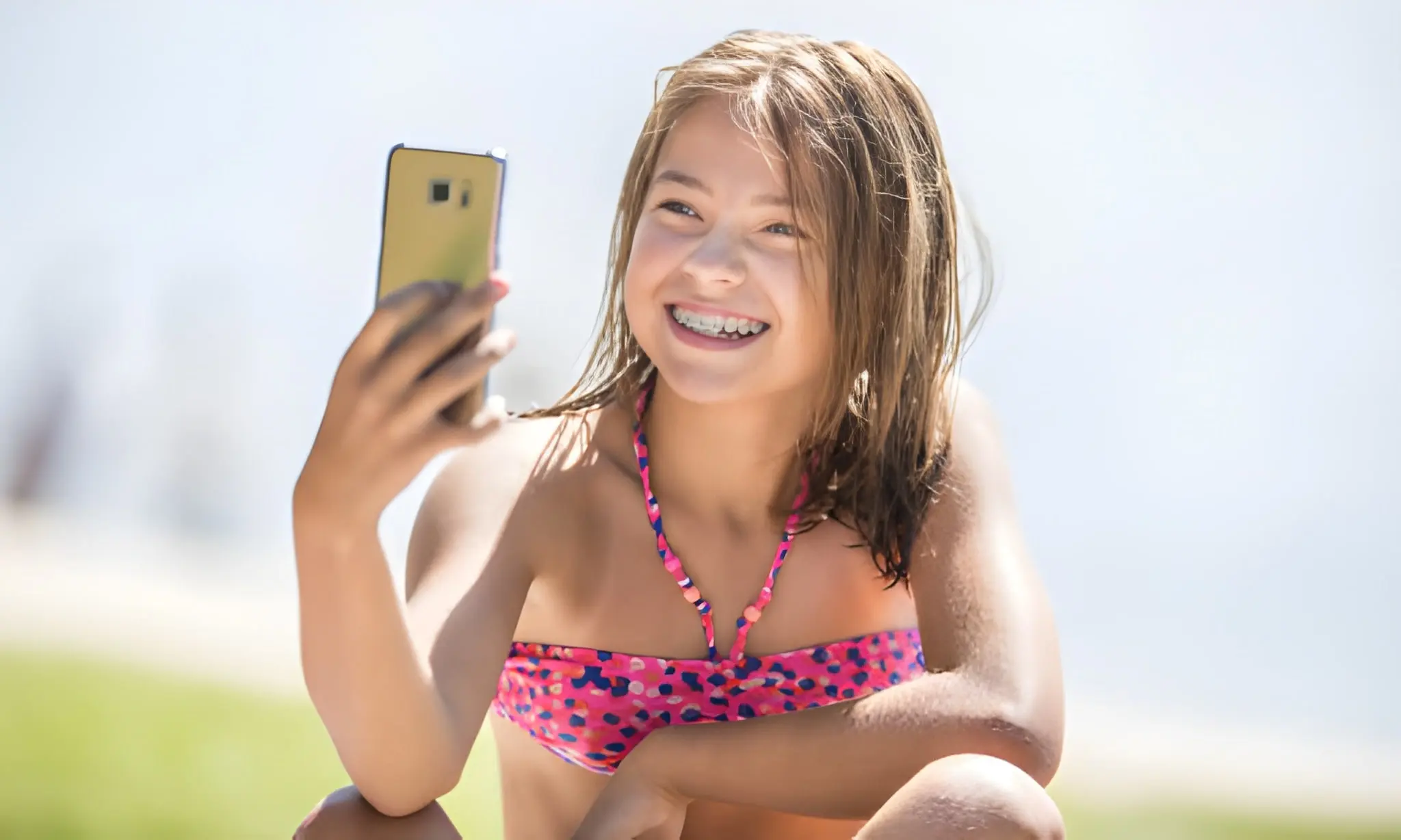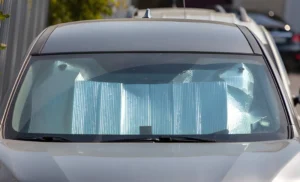Let’s be honest, getting a teenager to do anything they don’t want to do is a special kind of challenge. It’s a delicate negotiation that often involves eye-rolls, heavy sighs, and the word “whatever.” Now, try telling them to put on sunscreen when they’re about to rush out the door to meet their friends. It’s an uphill battle, and one that parents often feel like they’re losing.
The reality is, that sunny day at the beach or the park comes with risks. Sun safety isn’t just about avoiding a painful sunburn; it’s about preventing long-term damage that can lead to skin cancer. But how do you get this critical message across to a teenager who feels invincible and is more concerned with their social life than their cellular health? The answer might just be in the palm of their hand.
This guide is for parents who are tired of the sunscreen struggle. We’ll explore how a skin cancer app can become your unlikely ally in teaching your teen about sun safety. We’ll cover how these apps work, how to introduce one to your teen without it feeling like another lecture, and how to use it to build habits that will protect their skin for life.
Why Sun Safety for Teens is So Important
Before we talk about apps, let’s quickly touch on why this conversation matters so much. Most of our lifetime sun exposure happens during childhood and adolescence. Just one blistering sunburn in these younger years can more than double a person’s chances of developing melanoma later in life. That’s a sobering statistic.
The challenge is that the consequences feel distant to a teenager. They see a golden tan, not potential DNA damage. They feel the warmth of the sun, not the harmful UV radiation. This is where technology can step in to bridge the gap between their present actions and future health.
What is a Skin Cancer App?
You might be picturing an app that diagnoses moles, and while some do offer features like that, we’re focusing on a different type. The kind of skin cancer app that’s most useful for prevention acts as a personal sun safety coach.
Think of it as a pocket-sized expert that provides real-time, personalized advice. These apps use your phone’s GPS and local weather data to give you the daily ultraviolet (UV) index for your specific location.
Key features often include:
- Real-time UV Index: Tells you how strong the sun’s rays are at any given moment.
- Personalized Recommendations: Based on the UV index and your skin type, the app suggests when to seek shade and what level of SPF to use.
- Sunscreen Reminders: Sends push notifications to remind you when it’s time to reapply.
- Educational Content: Offers easy-to-understand information about sun risks and protection.
By turning abstract warnings into concrete, data-driven advice, these apps speak a language that a tech-savvy generation understands. It’s no longer just Mom or Dad nagging; it’s the data on their phone telling them it’s time for sunscreen.
How to Introduce a Skin Cancer App to Your Teen
The key to success here is presentation. If you introduce it as a “parental control for the sun,” it’s likely to be met with resistance. Instead, frame it as a smart tool to help them take control of their own health and avoid the immediate discomfort of a nasty sunburn.
Step 1: The Casual Conversation
Start by finding a natural opening. Maybe your teen is planning a day at the beach or an outdoor sports event.
- You could say: “Looks like it’s going to be really sunny on Saturday. I found this cool weather app that shows you the exact UV level so you know when you’re most likely to get fried. Want to check it out?”
- The framing: This positions the app as a helpful tool for them, focusing on the immediate benefit (avoiding sunburn) rather than the long-term risk.
Step 2: Empower, Don’t Command
Let them lead the way. Download the app together and explore its features. Let them input their skin type and set up the notifications themselves. This fosters a sense of ownership.
- You could say: “It looks like you can set reminders for reapplying sunscreen. That could be pretty useful, especially if you’re swimming. What do you think?”
- The goal: By asking for their opinion, you’re treating them like a capable young adult, not a child who needs to be managed. This collaborative approach makes them more likely to actually use the app.
Step 3: Make it a Family Affair
Lead by example. Use the app yourself and talk about it openly. If the whole family adopts the tool, it normalizes its use and removes the feeling that the teen is being singled out or monitored.
- Announce it: “Hey everyone, the app says the UV index is hitting 9 this afternoon. Let’s make sure we’ve all got hats and have reapplied sunscreen before we head back out.”
- The benefit: This integrates sun safety into your family’s daily routine, turning it from a point of contention into a shared habit.
Building Lasting Habits
A skin cancer app is a fantastic starting point, but the ultimate goal is to instill habits that last a lifetime, with or without a phone. Use the app as a springboard for broader conversations. When the app sends a “high UV” alert, use it as a chance to explain why that matters. Talk about the difference between UVA and UVB rays or explain what SPF really means.
The app provides the “what” (reapply sunscreen now), but you can provide the “why.” Over time, these small teaching moments build a solid foundation of knowledge. Your teen will start to internalize the logic behind sun safety, empowering them to make smart choices on their own—long after they’ve outgrown needing reminders.
Your New Ally in Sun Safety
Parenting a teenager is complex. You’re trying to protect them while also teaching them to protect themselves. It requires a balance of guidance, trust, and finding the right tools for the job.
A skin cancer app can be a powerful addition to your parenting toolkit. It leverages technology to make abstract health warnings tangible and actionable. By framing it as a tool for their empowerment and leading by example, you can transform the dreaded sunscreen conversation into a collaborative effort. You’ll not only help them avoid painful sunburns today but also equip them with the knowledge and habits to protect their skin for a lifetime.
Also Read-
- Affordable Waste Solutions for Businesses in Spartanburg
- Longevity Supplements: Enhancing Healthspan and Lifespan through Science
- QR Codes and the New Wave of Lifestyle Fashion










